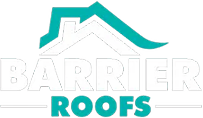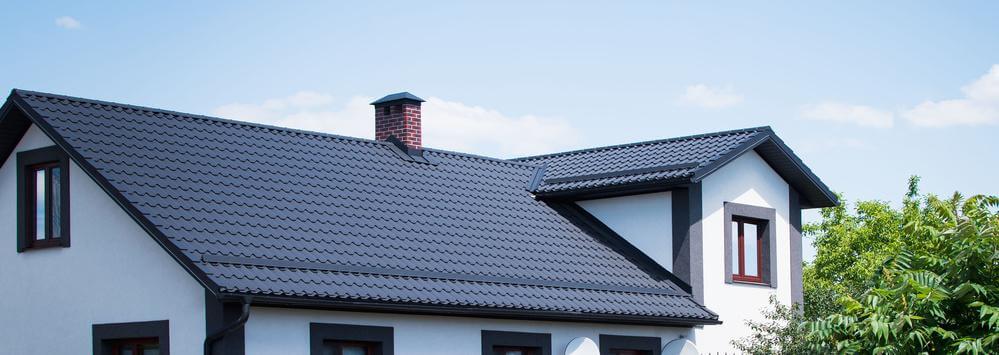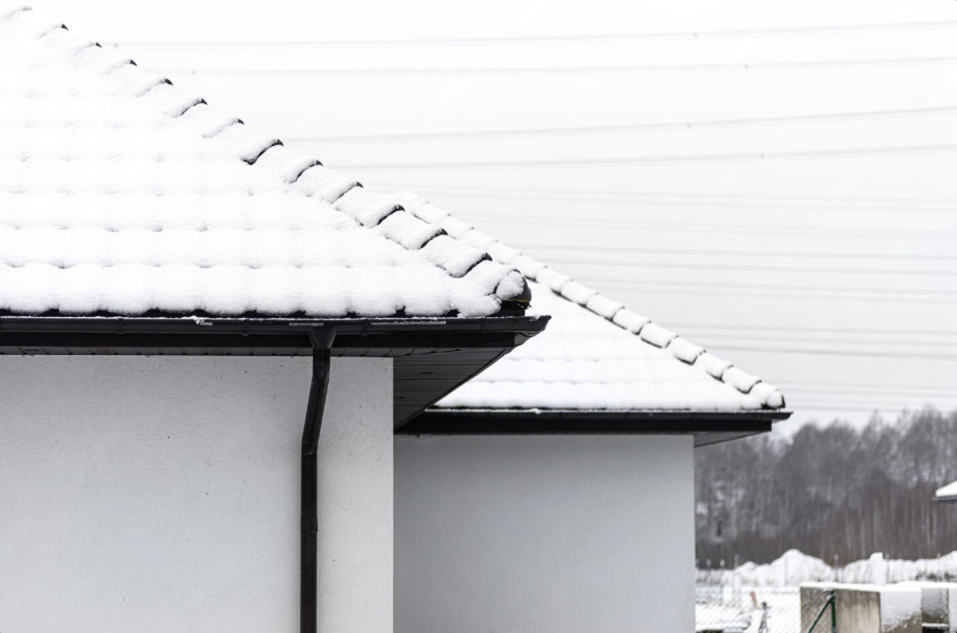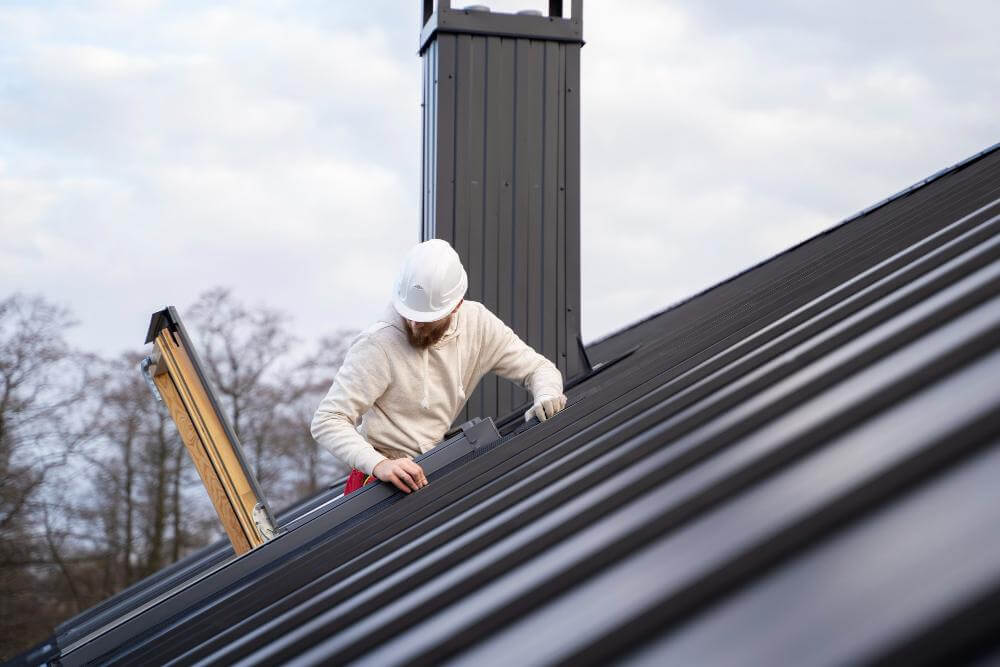Known for its pitched, triangular design, the gable roof style is not only visually appealing but also highly functional—especially in climates like Lexington, KY, where weather can range from heavy rain to snowfall. Gable roofs are also known as pitched roofs because of their distinctive sloping sides, which help direct water and snow off the roof efficiently.
Key Takeaways:
- Gable roofs feature a classic triangular shape with two sloped sides
- Ideal for shedding rain and snow in Kentucky’s varied climate
- Offer more attic space, ventilation, and versatile design options
- Simple construction often makes them more affordable to build
Understanding the Gable Roof Structure
A gable roof is formed by two roof sections sloping in opposite directions, meeting at a central ridge. The triangular portion at each end of the house is known as a gable, which is the flat surface formed above the wall at each end. This design allows for effective water runoff and natural ventilation, making it especially suitable for Kentucky homes that experience all four seasons.
Advantages of Gable Roofs in Lexington, KY
Gable roof advantages include cost-effectiveness, increased attic space, and decorative flexibility, making them a popular choice for many homeowners. One of the primary advantages of a gable roof is its performance in areas with frequent precipitation. Lexington gets over 45 inches of rainfall annually, along with occasional snow in winter.
Gable roofs can be designed to provide extra ventilation and adequate ventilation through features like gable vents, ridge vents, and soffit vents, which help maintain roof health by allowing excess moisture to escape. Better ventilation reduces the likelihood of mold growth and improves indoor air quality—an essential consideration for health-conscious homeowners.
Common Gable Roof Variations
Several variations of the basic gable roof exist to meet different architectural and functional needs:
- Front gable: The gable faces the front of the house, common in Colonial and Cape Cod styles
- Side gable: The gable is located on the side, seen in traditional ranch-style homes
- Cross gable: Features two or more gables intersecting, often seen in larger homes with complex layouts.
- Dormers: Dormers are a common addition to gable roofs, enhancing attic space, increasing natural light, and adding architectural variety.
Other notable styles include:
- Open gable: Features a flat or unfinished gable end, often finished with siding, stone, or wood to match the home’s exterior, and is popular for its clean, architectural look.
- Box gable: The gable extends beyond the walls and is fully enclosed, creating a box-like appearance that adds architectural interest and enhances the facade.
- Dutch gable roof (Dutch gable): A hybrid style combining a hip roof with a gable at the top, often used in barns and homes to provide more interior space and unique visual appeal.
Gable roofs are also commonly used for garages, providing both functional space and aesthetic appeal. When designing a garage roof, consider storage needs, the installation of gutters for water management, and how the roof style will affect drainage and maintenance.
These gable variations offer options for homeowners looking to balance function and curb appeal. By working with a contractor who understands the local architecture of Lexington, you can ensure your roof design complements both neighborhood aesthetics and weather resilience.
Materials That Work Best with Gable Roofs
Gable roofs are compatible with a wide range of roofing materials. In Lexington, KY, Owens Corning asphalt shingles are a popular choice due to their durability, affordability, and weather resistance. The choice of roofing material impacts the roof’s durability, weather resistance, and appearance.
Barrier Roofs is an Owens Corning Platinum Preferred Contractor, ensuring certified quality in both materials and installation. Other materials like clay tiles, slate, or terra cotta can also be used depending on your needs and local building codes.
Other suitable materials include:
- Metal roofing (for extra durability and energy efficiency; weather-resistant options are especially important for Lexington’s climate)
- Wood shakes (for rustic aesthetics)
- Composite shingles (for low-maintenance, long-term performance)
- Other materials may be suitable depending on the home’s needs and local building codes
It is important to install a metal drip edge along the roof edges to protect the fascia from water damage and provide a finished appearance. Each roofing material has its benefits, but the right choice depends on your home’s architectural style, budget, and Lexington’s seasonal demands.
How Barrier Roofs Helps Lexington Homeowners
With Lexington’s climate in mind, Barrier Roofs delivers roof installations tailored to Kentucky homes. Our expert team offers free inspections, helps navigate insurance claims, and installs high-performance materials built to last. We proudly support military families and first responders with exclusive discounts and provide financing options to make your home improvement project more accessible.
During our inspections, we carefully check for issues in your old roof, such as damaged decking or signs of water damage, to ensure a solid foundation before starting the project. Our local expertise ensures that every installation is tailored for Kentucky’s climate, whether you’re dealing with summer humidity or winter freeze. We prioritize durable materials and dependable craftsmanship, helping you extend your roof’s lifespan and reduce long-term repair costs.
Installing a new roof not only improves your home’s appearance and curb appeal but also provides enhanced protection and value. Customer satisfaction remains our top priority from the first call to final cleanup.
Ready to explore gable roofing for your Lexington home? Schedule your free roof inspection today.
FAQs About Gable Roofs
Are gable roofs good for heavy rain?
Yes, their steep pitch allows water to run off efficiently, reducing the risk of leaks and water damage. Gable roofs are commonly found in regions with heavy precipitation due to their effective water-shedding design.
Can I install solar panels on a gable roof?
Absolutely. Gable roofs often have broad, flat planes that are ideal for solar panel installation.
Do gable roofs need vents?
Yes, proper attic ventilation is important for energy efficiency and moisture control. When installing vents or other features, ensure proper flashing around the chimney to prevent leaks.
How long does a gable roof last?
With Owens Corning shingles and expert installation, a gable roof can last 25 to 50 years, depending on maintenance and material. Regular maintenance helps prevent roof leaks, especially around features like chimneys.
What is the average cost to replace a gable roof in Lexington, KY?
Costs vary based on size and material, but Barrier Roofs provides clear, competitive estimates after a free inspection. Explore more about roof replacement options in Lexington and see why Barrier Roofs is Kentucky’s trusted name in exterior remodeling.




